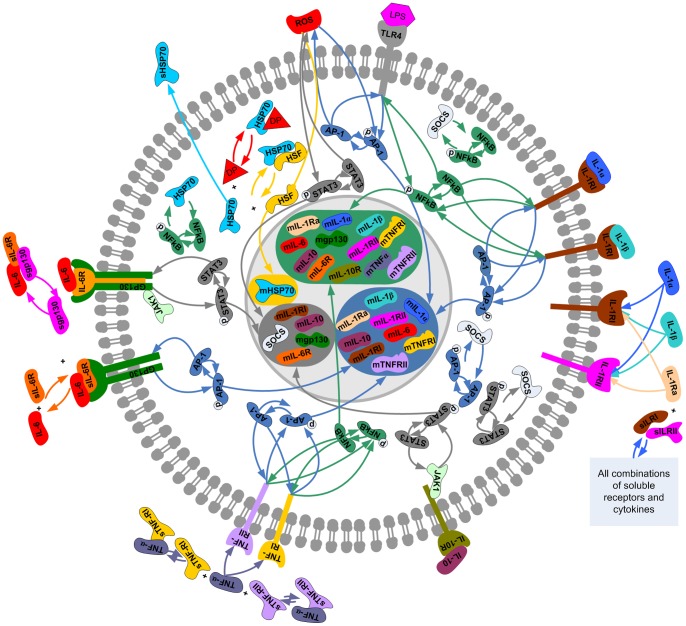Figure 1. Cellular network of interactions amongst HSP70, TLR4, IL-1, IL-6, IL-10, and TNF families induced by heat stroke.
Prolonged exposure to a high ambient temperature increases core temperature and is associated with organ damage, increase of denatured proteins (DP), reactive oxygen species (ROS), and LPS. As a consequence, transcription factors (TF) HSF-1, NF- B, AP-1, and STAT-3 are activated and regulate the transcription of a set of cytokine genes in the cell nucleus represented by the inner grey circle (each of the colored boxes contains the genes regulated by a certain TF: HSF in yellow, NF-
B, AP-1, and STAT-3 are activated and regulate the transcription of a set of cytokine genes in the cell nucleus represented by the inner grey circle (each of the colored boxes contains the genes regulated by a certain TF: HSF in yellow, NF- B in green, AP-1 in blue, and STAT-3 in dark grey). These mRNAs are exported to the cytoplasm and translated into proteins (not represented in the figure). These cytokines/soluble cytokine receptors can exit the cell throughout the cell membrane (outer grey circle) and be released into the blood stream. The proteins that are embedded into the cell membrane represent transmembrane receptors.
B in green, AP-1 in blue, and STAT-3 in dark grey). These mRNAs are exported to the cytoplasm and translated into proteins (not represented in the figure). These cytokines/soluble cytokine receptors can exit the cell throughout the cell membrane (outer grey circle) and be released into the blood stream. The proteins that are embedded into the cell membrane represent transmembrane receptors.

